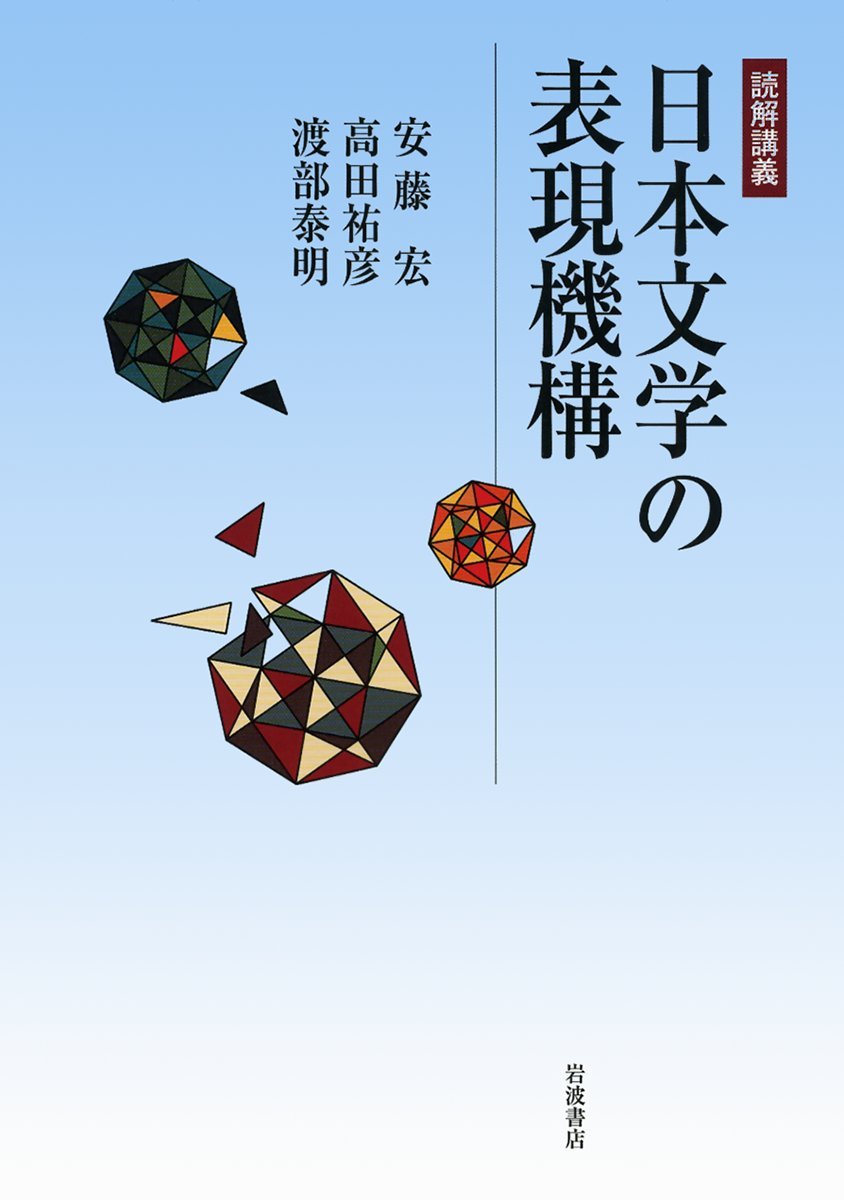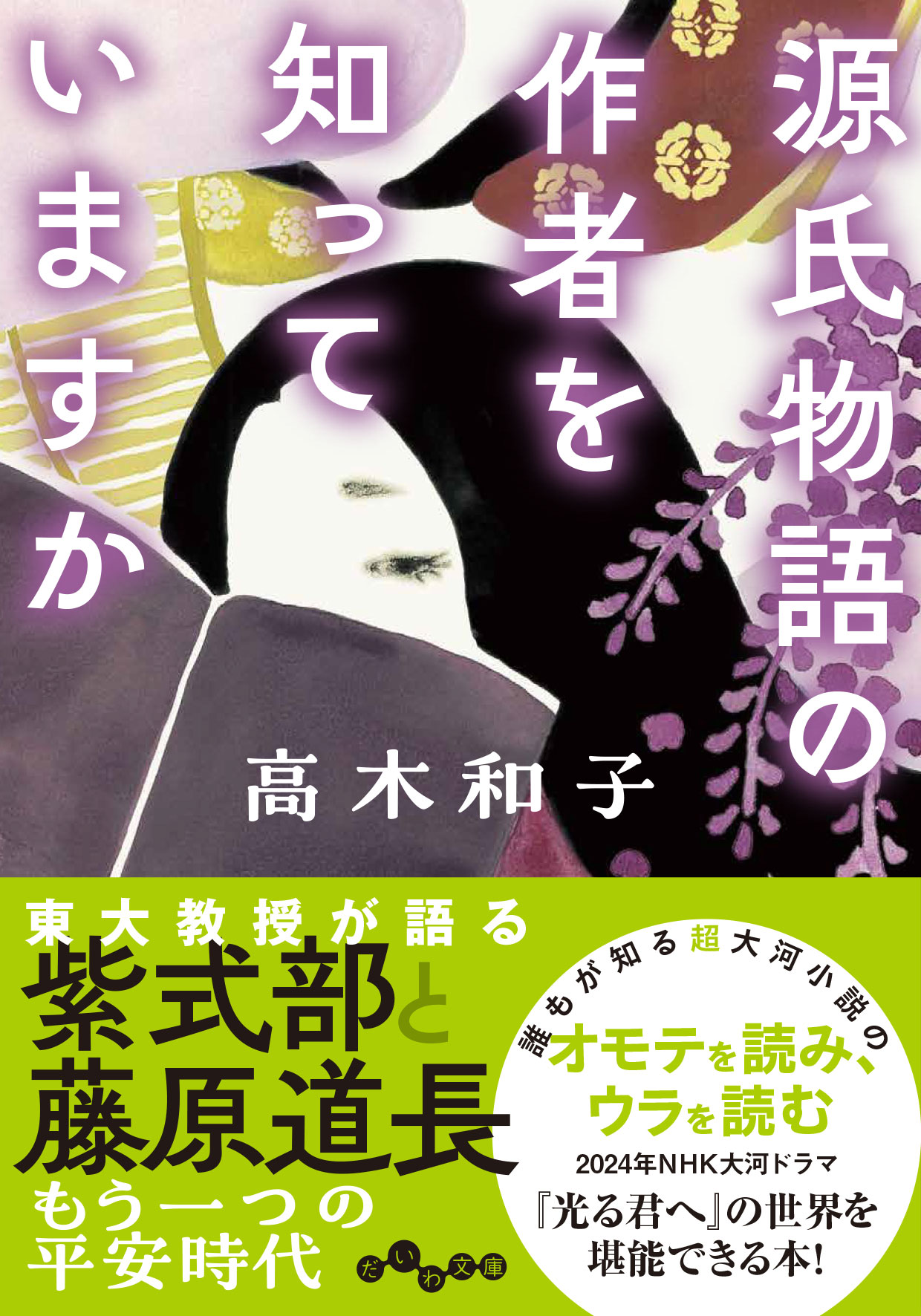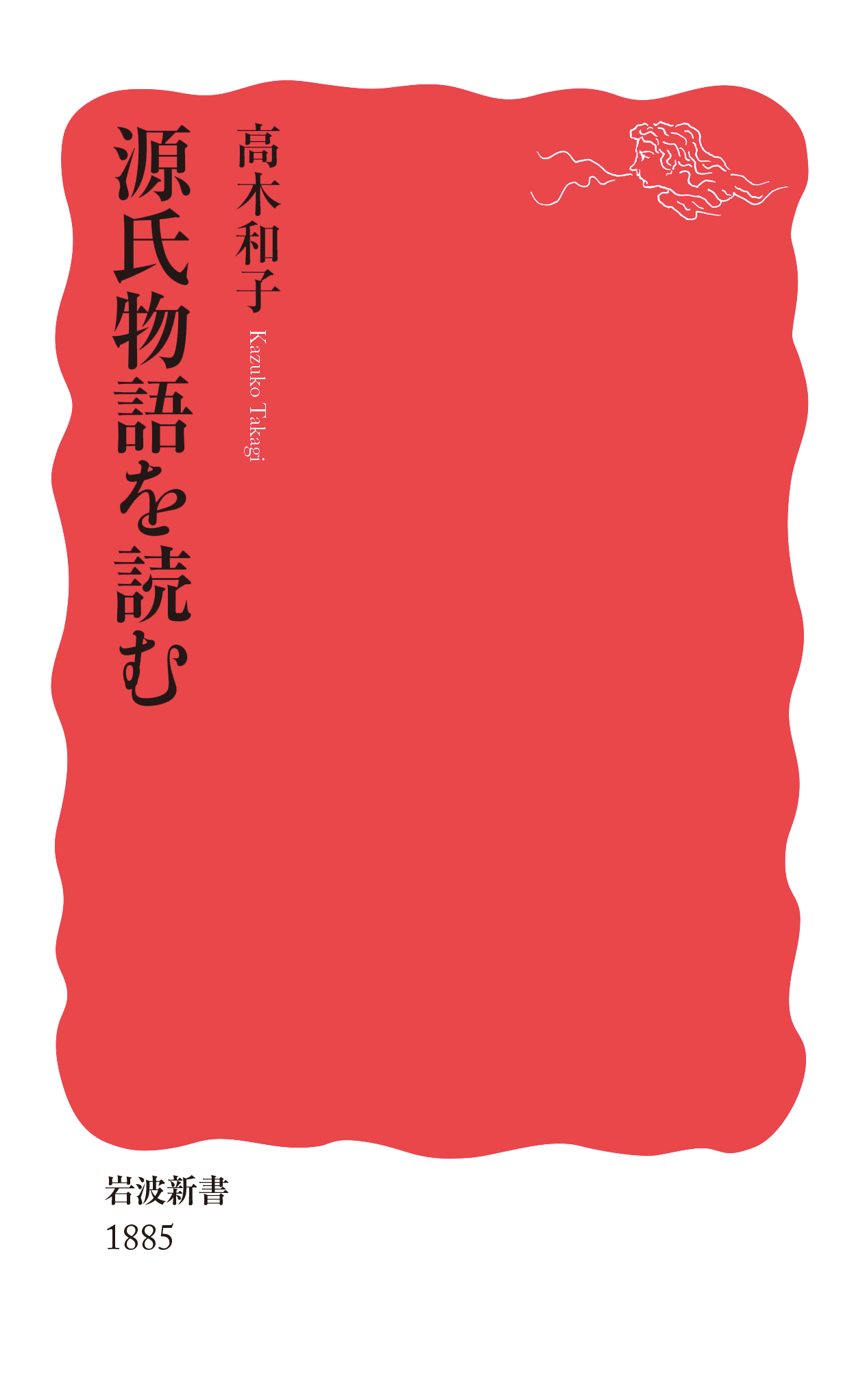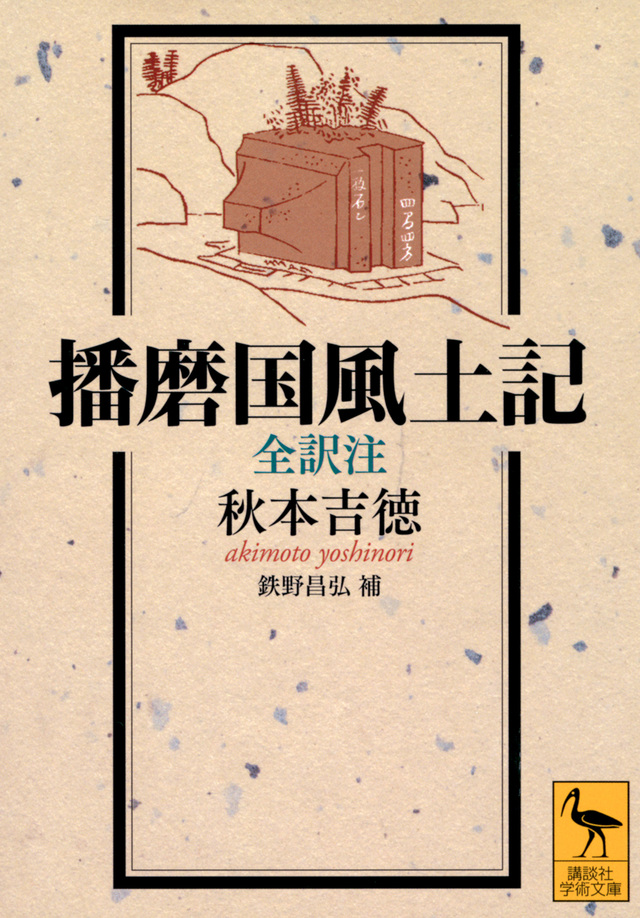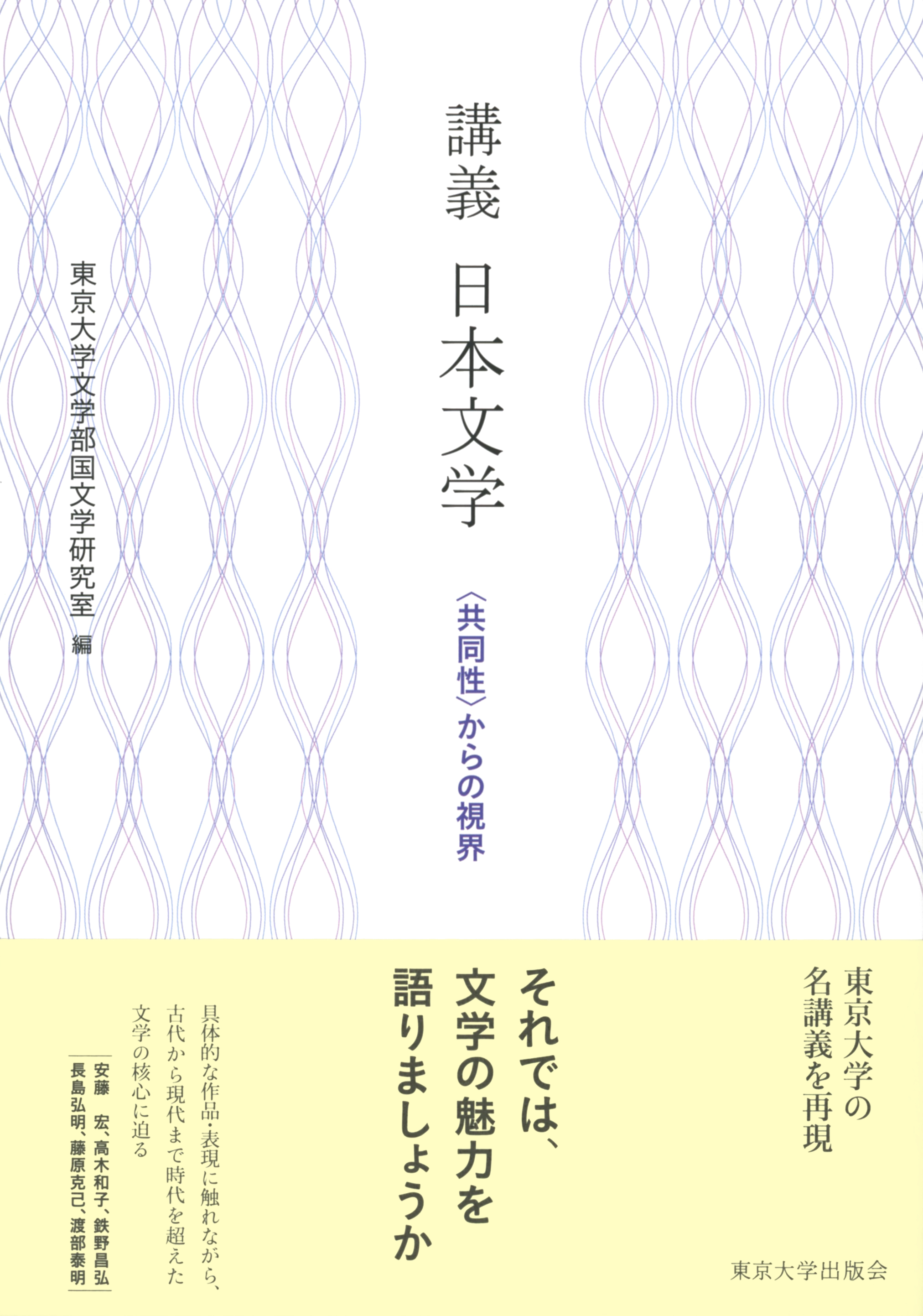
Title
Kogi Nihon Bungaku (Lectures on Japanese Literature - Vantage points of “collectiveness”)
Size
256 pages, A5 format
Language
Japanese
Released
March 26, 2021
ISBN
978-4-13-082046-2
Published by
University of Tokyo Press
Book Info
See Book Availability at Library
Japanese Page
Every year, the Japanese Literature Department offers a course in the second semester called “Comprehensive Japanese Literature,” in which the faculty take turns discussing a particular theme and concludes with a final symposium. This book represents a collection of lectures (with some modification) from the inaugural year of the course on the theme of “collectiveness” as well as record of the final round-table discussion (at the time there was no symposium).
The selected themes are issues that are common throughout the history of Japanese literature, from the Asuka and Nara period (AD 538-794) to the present. “Collectiveness” is one such theme. Literature consists fundamentally of sentences written using words; and the task of writing would appear to be extremely individual and isolated. However, given that writing takes on meaning only when it is read, individuality or isolation is possible based on the premise of being in a group of people. While research has, up to this point, tended to emphasize the authors’ intended meaning to the exclusion of other considerations, attention should also be paid to the readers and the greater communities to which the readers belong.
It is from this awareness of the issues, that the book discusses Japanese literature from three distinct vantage points. The first vantagepoint is the relationship between writers and the communities to which they belong. For example, in her diary, Murasaki Shikibu talks about her deep sense of solitude and self-consciousness. However, her words do not give a sense that she was rigidly introverted and closed off, but, rather, reveal an intense internal desire to connect with others (Lecture 2). The epic tales that she wrote are believed to have been developed by ravenously taking in existing stories; and it is said that other ladies-in-waiting and ladies of the court were involved in the writing process. Murasaki Shikibu found herself in a position to act as editor of the stories generated by the collective and, as an individual, to fully demonstrate her mastery of the Chinese classics and history (Lecture 3).
The second vantage point is the circular relationship between the reader and the writer. For example, readers of modern literature vastly outnumber readers of premodern literature. However, readers read silently and individually while locked in their own rooms; writers have to develop relationships with each reader individually. Writers create unique worlds of their own and try to convey these universally to the readers. Writers also form literary circles and groups and collectively take on respective roles (Lecture 8).
The third vantage point has to do with the fact that “collectiveness” is something that is created. The sense of the impermanence that was prevalent in Japan’s medieval period (12th to 16th century) created a sense of connection beyond the individual to the larger “whole” spanning multiple generations. In this context, the more individualistic the expression, the more attractive the expression was to those who empathized with a sense of collectiveness (Lecture 10). In Matsuo Basho’s haikai, a sense of “collectiveness” was created among the individuals present who contributed to the creation of linked verses. This sense of collectiveness was limited to a given sitting, and the linked verses recorded were mere skeletons of their interactions. That said, Basho, the individual, went on to distill these haikai into first-person novels/travel journals including A Narrow Road to Oku (Lecture 11).
As can be seen from the description above, the book discusses multiple aspects of the dynamism at work between the individual and the collective in Japanese literature. It is a book that I would highly recommend especially for university students.
(Written by TETSUNO Masahiro, Professor, Graduate School of Humanities and Sociology / 2021)



 Find a book
Find a book


 eBook
eBook